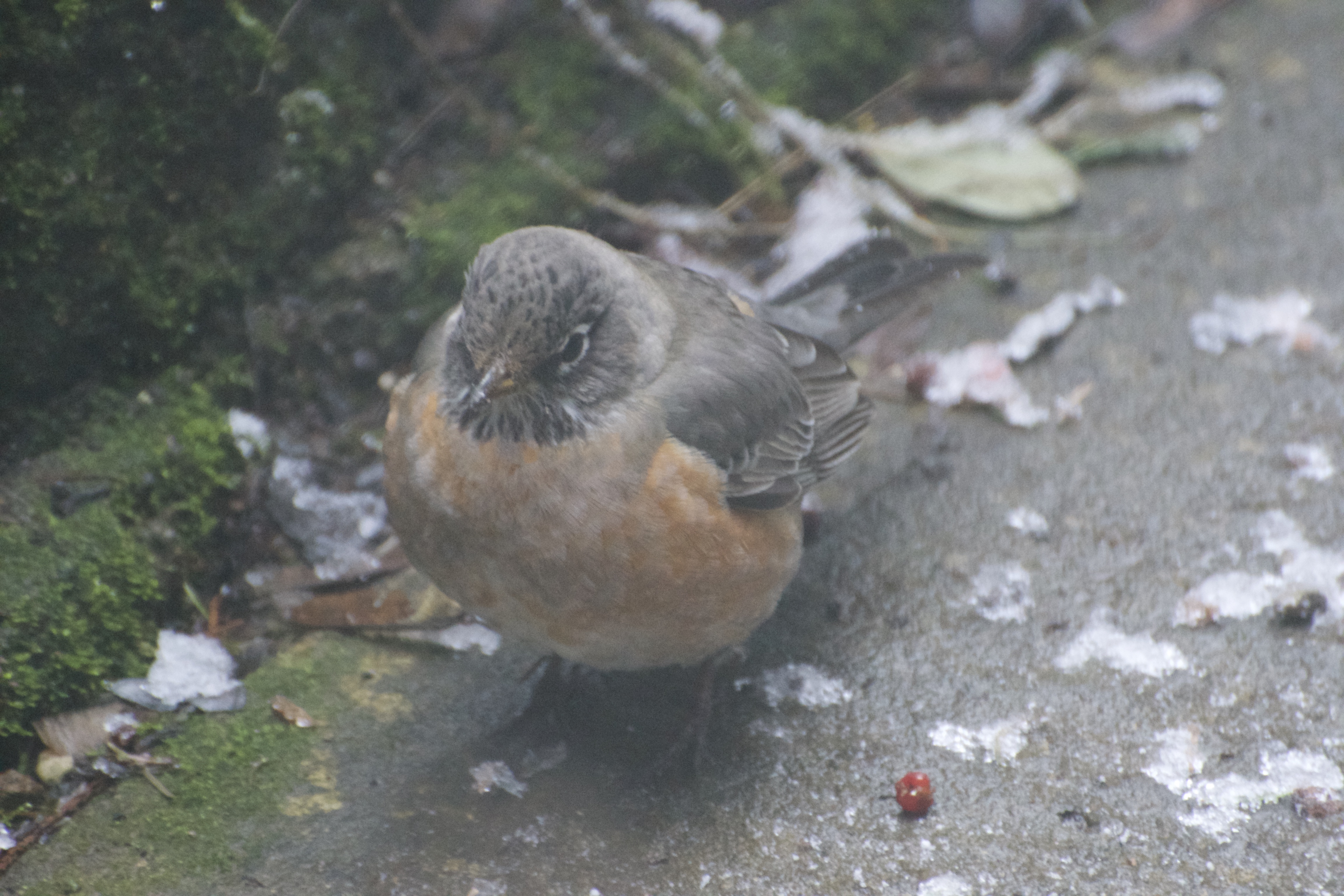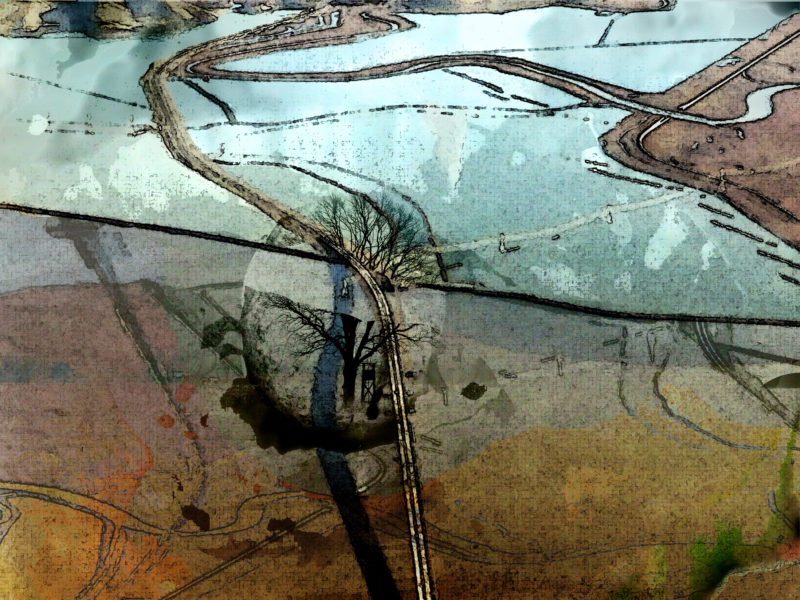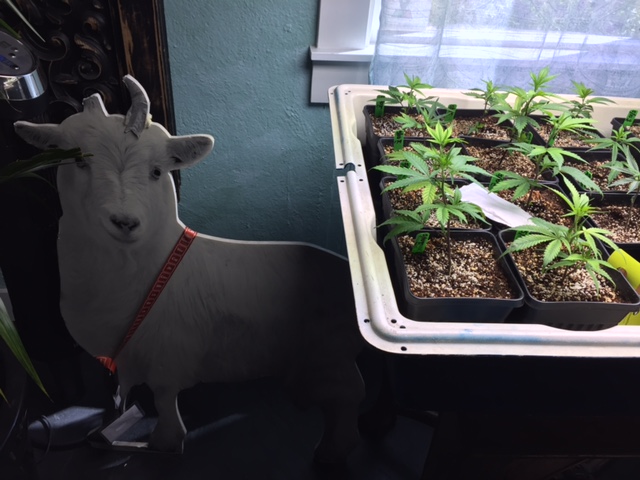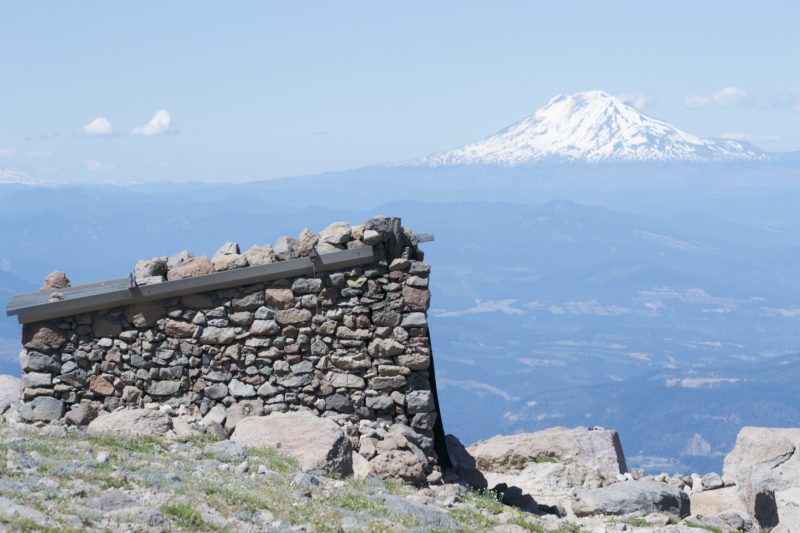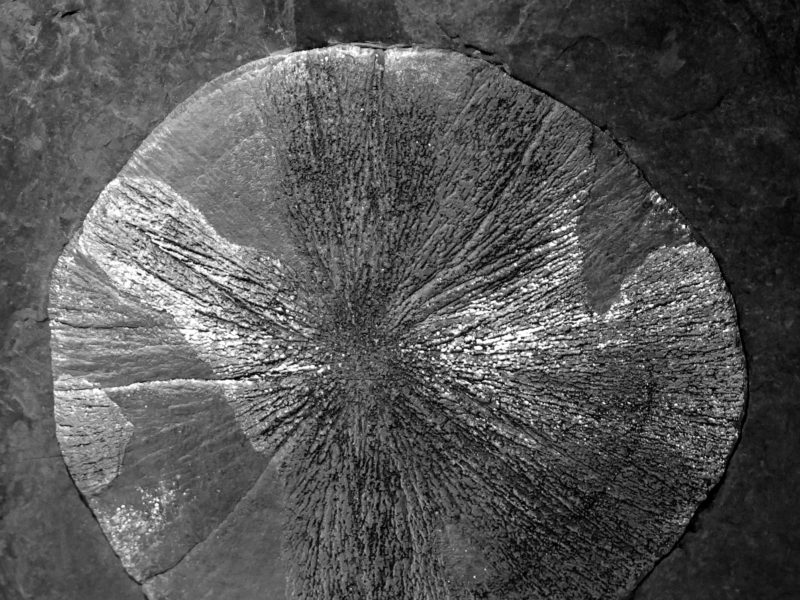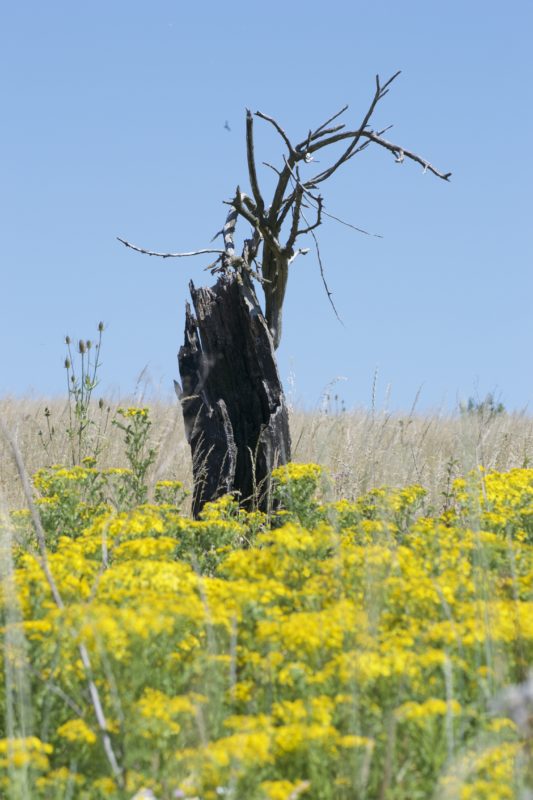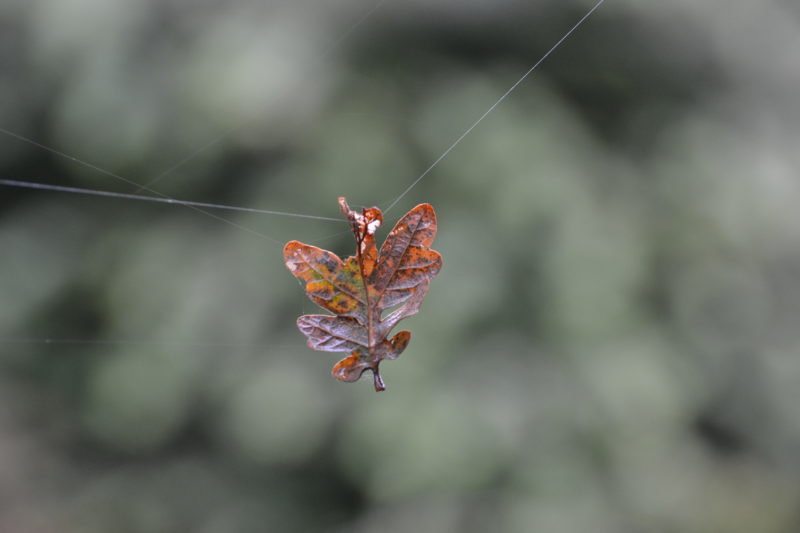Why do I like my Leberwurst so much….. was my first inane thought about one of the most fascinating articles I read last week. I don’t know what your reaction will be to the mix of science reporting, journalistic adventure story and non-didactic teaching about an Indian religious sect that goes to extreme length to protect animals, but mine was awe mixed with apprehension. And yet another thought about trying to curb my meat consumption.

We have discussed animal cognition here before, but the description of the Jains’ reverence and a discussion of new scientific data about animal consciousness goes way beyond anything I’ve previously integrated. This is not just about eating or not eating one’s prey. It is about a pretty radical new understanding of what took place during evolution.
The article starts with a description of a bird hospital in Old Delhi run by devotees of Jainism,” an ancient religion whose highest commandment forbids violence not only against humans, but also against animals.” It’s the setting to delve into the history of that religion followed by a comparison of it’s tenets to what modern science has to say about consciousness in species other than humans.

Ross Anderson, the author, is careful: Many orthodox Jain beliefs do not stand up to scientific scrutiny. The faith does not enjoy privileged access to truth, mystical or otherwise. But as perhaps the world’s first culture to extend mercy to animals, the Jains pioneered a profound expansion of the human moral imagination. The places where they worship and tend to animals seemed, to me, like good places to contemplate the current frontier of animal-consciousness research.

You can read the list of scientific developments in the article attached below. What particularly lingers with me was this one fact: fish – like mammals of course – are conscious in the sense that they experience pain. Unlike us, they do not have the capacity to know that pain will end, either by healing or by the bliss of (permanent) unconsciousness and so are stuck in seeming eternity. Imagine. No, don’t. It’s given me nightmares.
https://www.theatlantic.com/magazine/archive/2019/03/what-the-crow-knows/580726/https://www.theatlantic.com/magazine/archive/2019/03/what-the-crow-knows/580726/

Photographs today are of robins in my icy garden, photographed through the window last week.
Music from Respirghi’s The Birds https://www.youtube.com/watch?v=nZzpcnYy1jQ

